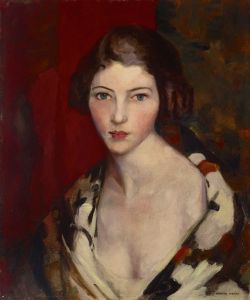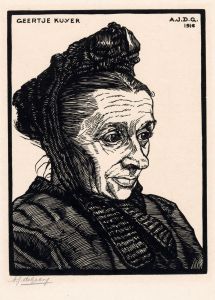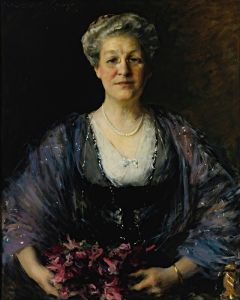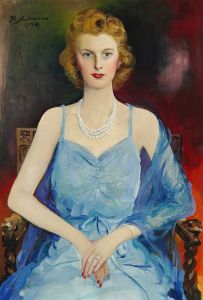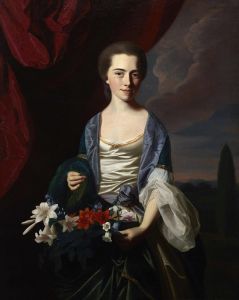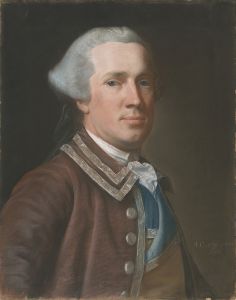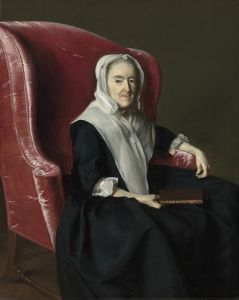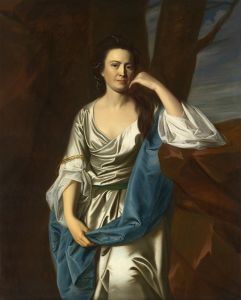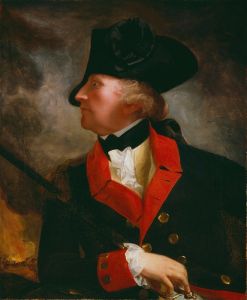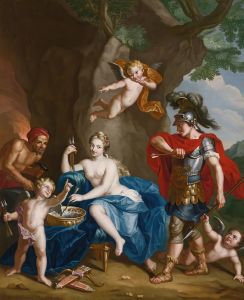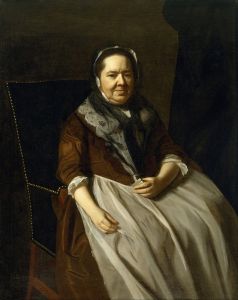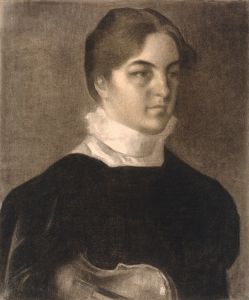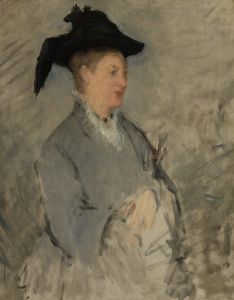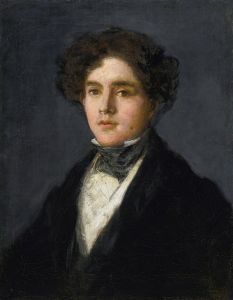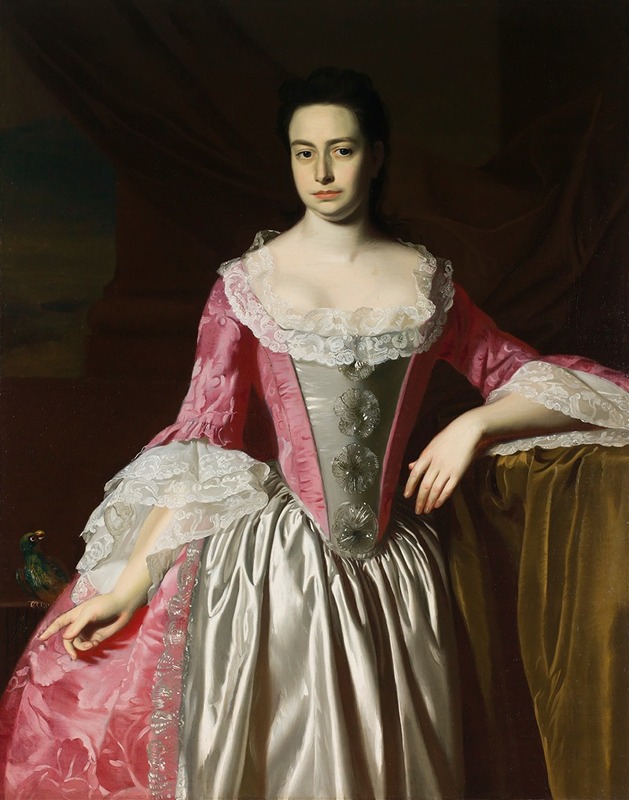
Eunice Dennie Burr
A hand-painted replica of John Singleton Copley’s masterpiece Eunice Dennie Burr, meticulously crafted by professional artists to capture the true essence of the original. Each piece is created with museum-quality canvas and rare mineral pigments, carefully painted by experienced artists with delicate brushstrokes and rich, layered colors to perfectly recreate the texture of the original artwork. Unlike machine-printed reproductions, this hand-painted version brings the painting to life, infused with the artist’s emotions and skill in every stroke. Whether for personal collection or home decoration, it instantly elevates the artistic atmosphere of any space.
John Singleton Copley was a prominent American painter in the 18th century, renowned for his portrait work. One of his notable paintings is the portrait of Eunice Dennie Burr. This artwork is a fine example of Copley's skill in capturing the likeness and personality of his subjects, as well as his ability to depict the textures and details of the clothing and surroundings.
Eunice Dennie Burr was the wife of Thaddeus Burr, a wealthy and influential figure in Fairfield, Connecticut. The Burrs were well-connected and known for their hospitality, often hosting important figures of the time, including political leaders and intellectuals. Eunice Dennie Burr herself was a respected member of society, known for her intelligence and social grace.
Copley's portrait of Eunice Dennie Burr is believed to have been painted around 1766. This period was a significant time in Copley's career as he was establishing himself as one of the leading portraitists in the American colonies. His work was characterized by a meticulous attention to detail and a keen ability to convey the character and status of his subjects.
In the portrait, Eunice Dennie Burr is depicted in a seated position, dressed in elegant attire that reflects her social standing. Copley’s use of light and shadow highlights the luxurious fabric of her dress and the delicate lace details, showcasing his mastery in rendering different textures. Her pose and expression convey a sense of calm confidence and poise, attributes that were likely true to her real-life persona.
Copley's portraits often included elements that indicated the sitter's wealth and status, and this painting is no exception. The attention to detail in the depiction of Burr's clothing and the inclusion of certain accessories serve to emphasize her position in society. This approach was typical of Copley's work, as he often sought to portray his subjects in a manner that reflected their social and economic standing.
The painting of Eunice Dennie Burr is an important example of Copley's work during his American period, before he moved to England in 1774. In England, Copley continued to develop his style and achieved great success, but his American portraits remain highly regarded for their historical and artistic significance.
Today, Copley's portrait of Eunice Dennie Burr is appreciated not only for its artistic merit but also for its historical value. It provides insight into the fashion, culture, and social dynamics of the colonial American elite. The painting is part of the collection at the Museum of Fine Arts in Boston, where it continues to be studied and admired by art historians and the public alike.
Copley's work, including the portrait of Eunice Dennie Burr, is celebrated for its contribution to American art history, capturing the essence of a formative period in the nation's cultural development. His ability to blend technical skill with insightful character portrayal ensures that his portraits remain enduring works of art.





